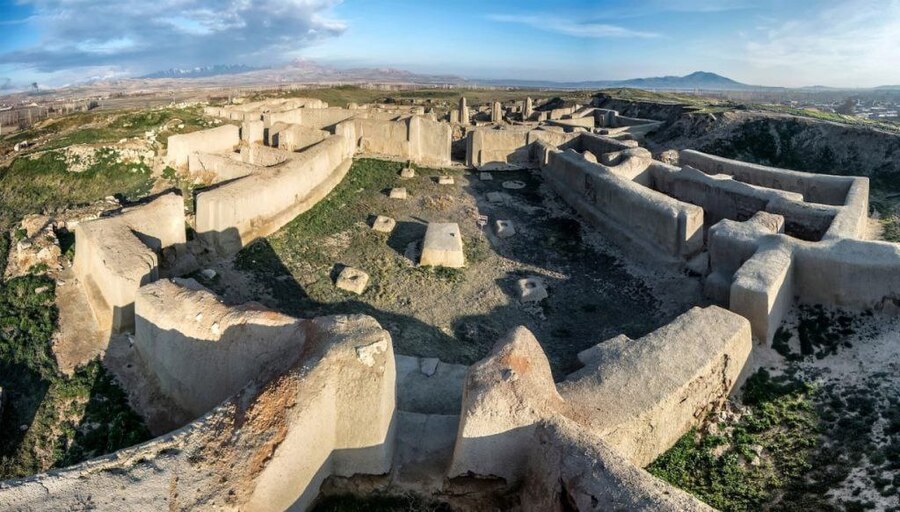Hassanlou Hill is a historical hill located in the city of Naghada in Urmia Province of the East part of Kurdistan. The village was known worldwide after the discovery of a series of historical monuments. Archeologists believe that in Kurdistan the castles and places named Hassan such as "Hassanawa" of Sna, regarding the name of Sna city, too, or Hassankef in the Northern part of Kurdistan were originally referred to as Se'n, Sa'n, San, or Saan which were names of Phoenix, the mythical bird that belonged to the wind god of Mithra. Wind God is a guardian god.
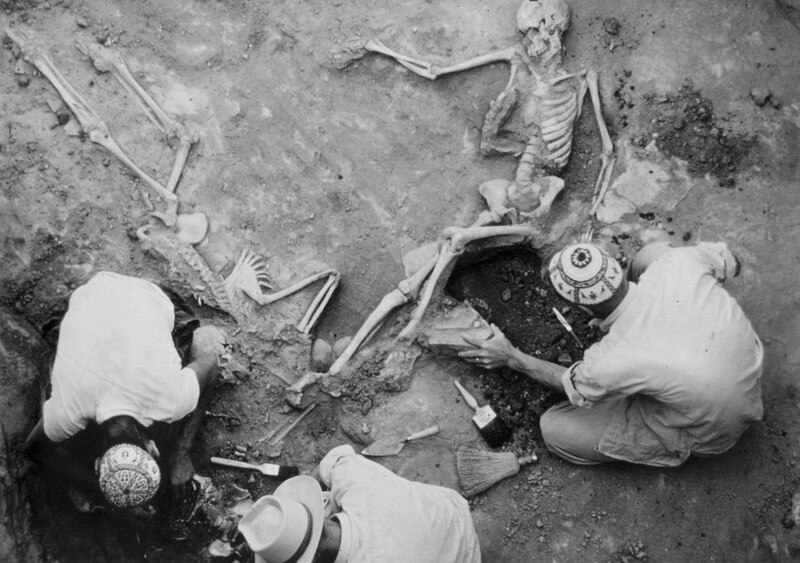
The history of Hassanlou Hill dates back to the time of the Manas which was an important center of their power. Two people have been found in a tomb as if they were kissing each other in Hassanlou and now they are known as Hassanlou lovers worldwide. A room was also found full of young female skeletons, and a large number of valuable items made of clay, iron, bronze, and gold which have made this hill very famous internationally. The most important and valuable item found here is the golden goblet known as the "Hassanlou Cup".
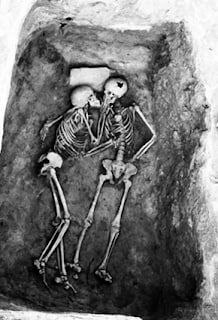
This goblet was discovered by American archeologist Robert Dyson during the digging of Hassanlou Hill in 1958. The goblet was found under the statue of a man who had fallen on it facing down, so it is dented a little bit and it was kept in the Urmia Museum like this till the recent years. The goblet weighs 950 gr, 21 cm high and 25 cm wide. It has been estimated to be 3500 years old with a history of 1200 years BC.
This cup is a Mithraic dish that was designed according to the ancient beliefs of the people of this region. It should be interpreted based on the Mithraic bases; the three horsemen at the top part of the cup are Mithra, Indra, and Warouna. In the Mithraic religion, these three were Gods of the Sky.
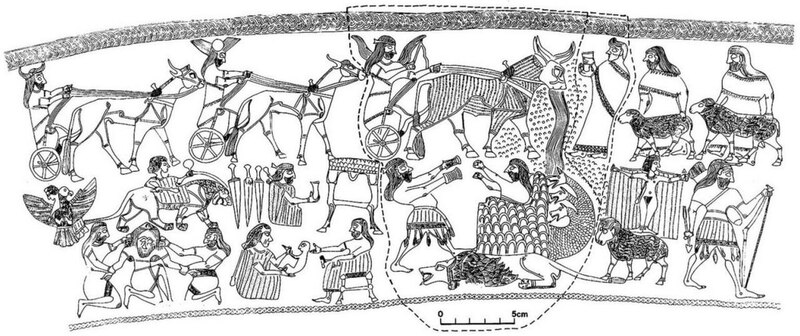
There are three wagons at the top of the cup, two of which are driven by an animal like a mule or donkey and the third wagon is driven by a bull. Three people are welcoming the three horsemen, one of them has a cup of water or wine in their hand and the other two have a sheep or lamb each. There is an eagle or buzzard below them flying in the sky with a woman on its back, a woman who has the bridle of a lion in one hand and a lantern in her other hand. Three daggers, a bearded man with a cup of water or wine near a vacant throne, a man with something like a glove or a piece of iron in his hand facing an animal like fish or snake with three heads that look like dog or wolf but looks like a snake and a human that is in this statue to his chest and is confronting the attacking man. There are two men capturing a person that looks like a giant at the bottom part, a woman is giving a man a child sitting on a throne who has something small like a hammer in his hand. A lion lying, a woman standing on the back of a ram displaying her body, and an archer seems to be the guard of that woman. There is a checkered pattern at the bottom of the cup and a ram is moving forward on each corner of the squares.
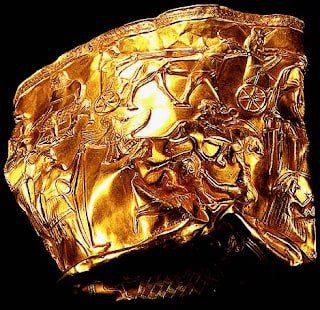
Although researchers have interpreted this image of the cup in different ways, neither are they sure of their interpretations nor do they agree on one standard version of the story that these images might be telling so far. Thus, we can say that the images on this cup have remained uninterpreted. However, what is very important is that this cup narrates the ancient history of Kurdistan showing the life of people in Kurdistan at that time and their costumes and traditions that have remained for them as a heritage.

